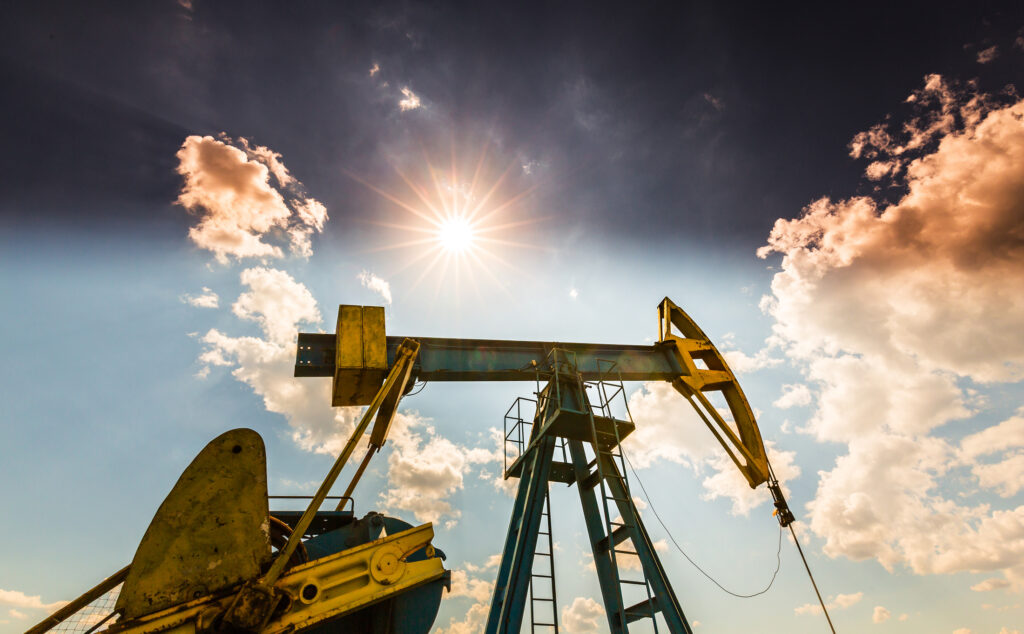(Oil Price) – The term “peak oil” has sparked debate for decades, fueling speculation and more than a few forecasts of doomsday scenarios. But for all the noise, it remains a largely misunderstood concept. That’s unfortunate, because peak oil—both in theory and in practice—still carries serious implications for the global economy and energy markets.

The phrase was very popular 20 years ago but then faded when the shale revolution gathered steam. But all booms eventually end, and a growing number of voices are suggesting that peak production in the U.S. may soon be upon us.
What is Peak Oil?
But let’s begin with the basics. “Peak oil” doesn’t mean we are running out of oil. It means that we have hit a maximum level of oil production, and after that point, production begins to decline.
The concept was popularized in the 1950s by geophysicist Shell M. King Hubbert, who predicted that U.S. oil production would peak around 1970. That prediction was initially correct, but it didn’t account for the eventual surge in unconventional oil—especially from shale—which temporarily reversed that decline decades later.
Still, Hubbert’s basic framework held up well: oil fields follow a bell-shaped curve. Production rises, peaks, and then drops. It’s not hard to understand why. As the easiest, most accessible oil gets pumped out, the remaining oil is harder to reach, more expensive to produce, and often requires new technologies or techniques. This is simply a resource depletion issue.
In recent years, the conversation around peak oil has shifted. In the 2000s, concerns about supply limitations drove oil prices to record highs. But by the 2010s, the U.S. shale boom dramatically changed the narrative. Suddenly, talk of “peak demand” replaced talk of “peak supply.” Some analysts argued that growing interest in electric vehicles, renewables, and climate policy would cause oil use to top out long before production capacity did.
But here we are in 2025, and the old concerns are creeping back in.
Signs from the Permian
One of the more notable warnings came recently from Travis Stice, CEO of Diamondback Energy. In a letter to shareholders, he said flatly: “It is likely that U.S. onshore oil production has peaked and will begin to decline this quarter.”
This isn’t idle speculation. Diamondback, like many other producers, has scaled back drilling and completion work. Crews are being cut. The pace of new well development is slowing. The company estimates fracking teams in the Permian are down 20% from earlier this year. Rig counts are following a similar path.
Why Now?
This isn’t happening because of a lack of support from Washington. In fact, the current administration has rolled back environmental regulations, opened up new drilling zones, and pitched U.S. energy dominance as a core policy goal. But even favorable policy can’t force drilling if the economics don’t work.
Costs are up—steel prices, service contracts, and everything in between. Supply chains remain strained, and tariffs continue to complicate procurement. More importantly, capital markets have changed. Shareholders now expect returns, not just production growth. Gone are the days of “drill, baby, drill” at any price.
Industry Veterans Are Taking Notice
Stice isn’t the only one sounding the alarm. At this year’s CERAWeek in Houston, Occidental CEO Vicki Hollub said she expects U.S. oil production to peak between 2027 and 2030. ConocoPhillips’ chief Ryan Lance gave a similar timeline. Harold Hamm, the founder of Continental Resources—never one to shy away from a bullish forecast—also acknowledged the slowdown.
The U.S. Energy Information Administration still forecasts record output this year, but the pace of growth has clearly slowed. The major shale plays are maturing. Easy drilling locations are becoming harder to find. And companies are increasingly deploying capital elsewhere, including into lower-carbon assets.
Why You Should Pay Attention
If we’re near the peak of U.S. oil output, that matters for several reasons:
Markets that once counted on the U.S. to supply the world with oil will need to adjust their expectations.
Domestic energy security could take a hit if production plateaus while demand holds steady or grows.
Investors may need to prioritize companies with strong balance sheets, good cost control, and disciplined spending.
Global power dynamics could shift again toward traditional heavyweights like Saudi Arabia and Russia.
Today’s relatively low oil prices—thanks to global stockpiles and worrisome economic signals—are masking some of this risk. But that could change quickly. If demand surprises to the upside or supply falls short, prices may jump, especially with U.S. firms showing reluctance to ramp back up.
Where Do We Go from Here?
None of this means the U.S. oil industry is in decline. But it does suggest the frantic growth of the last decade may be behind us. From here on, output could level off or even gradually decline.
That’s not necessarily an immediate problem. A more stable, profit-focused sector could be healthier in the long run. But for investors, the narrative is shifting. Future success may be less about how fast a company can grow—and more about how wisely it can manage its assets in a changing landscape.
As the energy world continues to evolve, understanding where we stand in the production cycle isn’t just academic. It’s central to how we plan for the future.
By Robert Rapier

